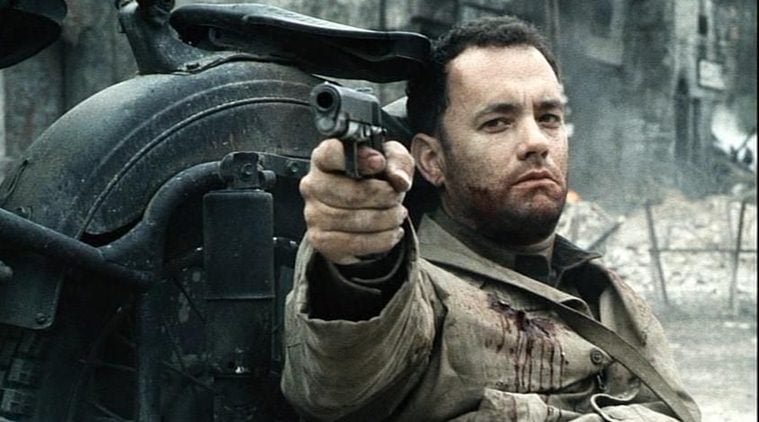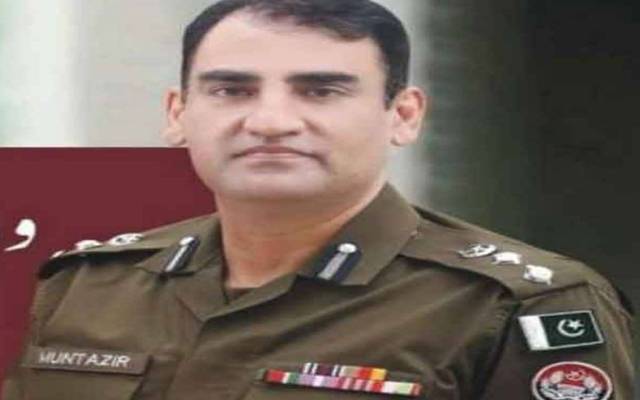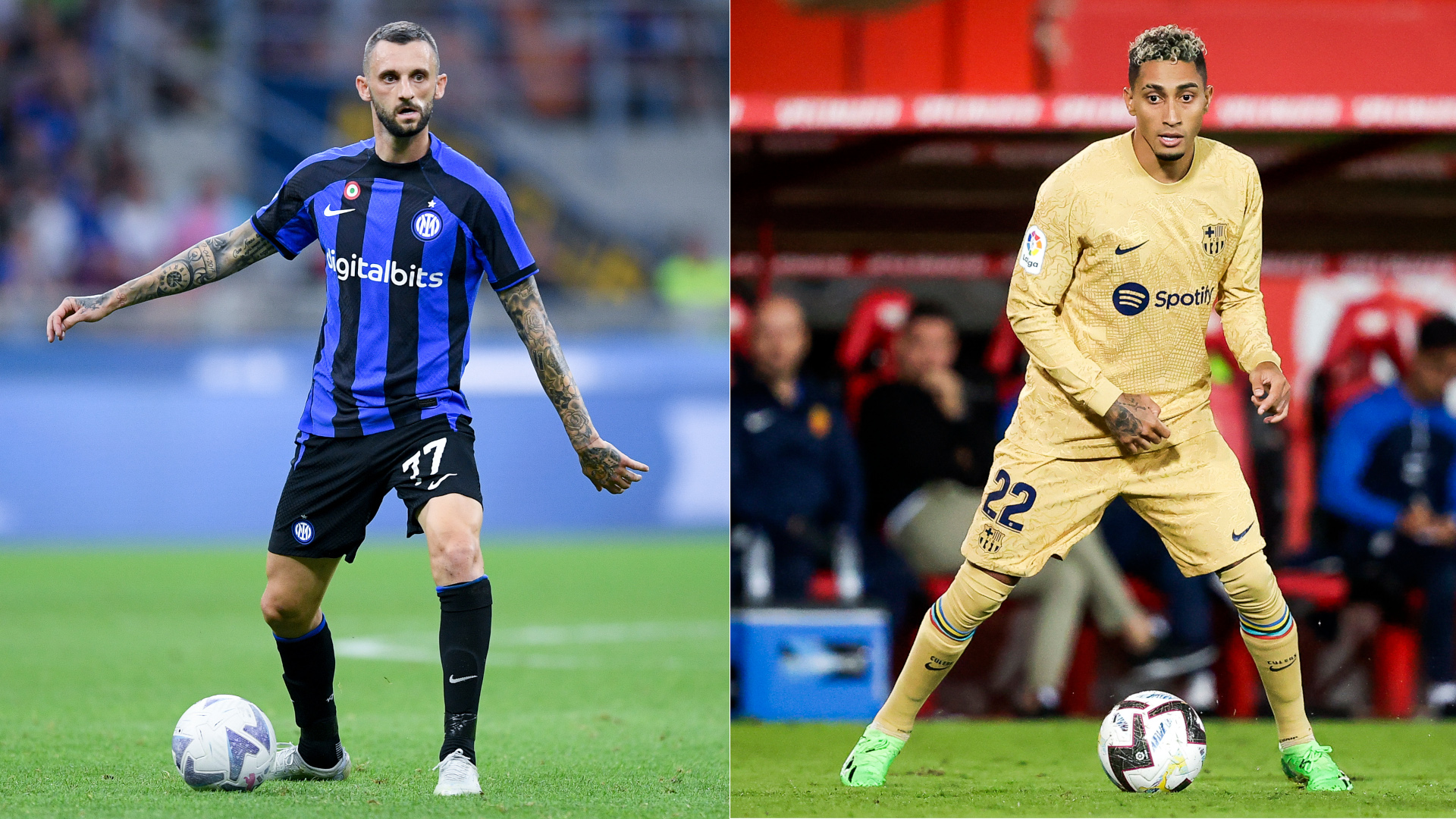Debate Reignites: Has Saving Private Ryan Been Overtaken As The Best War Movie?

Table of Contents
Saving Private Ryan's Enduring Impact
Saving Private Ryan's legacy is undeniable. Its influence on war film aesthetics and storytelling is profound, setting a new benchmark for realism and emotional depth.
Groundbreaking Visuals and Realism
Spielberg's innovative filming techniques revolutionized the war movie genre. The opening D-Day sequence, a brutal and unflinching portrayal of the Normandy landings, is a cinematic landmark.
- Handheld camera work: The shaky, immersive camerawork throws the viewer directly into the chaos of battle, creating a visceral and unforgettable experience.
- Realistic sound design: The soundscape is as impactful as the visuals, emphasizing the terrifying cacophony of gunfire, explosions, and screams.
- Gruesome detail: The film doesn't shy away from the graphic realities of war, showcasing the intense physical and psychological toll on soldiers. This “realistic war movie” approach was groundbreaking for its time.
This combination of innovative filmmaking and unflinching realism elevates Saving Private Ryan beyond a simple war film; it's a deeply immersive and emotionally resonant experience that establishes a high bar for the genre, often cited as a model for realistic battle scenes and D-Day depictions in subsequent films. Spielberg's war film stands as a testament to the power of cinematic storytelling.
Emotional Resonance and Character Development
Beyond its technical achievements, Saving Private Ryan resonates deeply because of its focus on the human cost of war. The film isn't just about battles and strategy; it's about the men fighting and dying, their fears, their hopes, and their sacrifices.
- Compelling characters: From Captain Miller (Tom Hanks) to Private Ryan (Matt Damon), the characters are complex and relatable, their emotional journeys enriching the narrative.
- Exploration of PTSD: The film touches upon the psychological trauma experienced by soldiers, foreshadowing the discussion of PTSD in later war films.
- Themes of duty and sacrifice: The film explores profound themes of duty, sacrifice, and the moral ambiguities of war.
The emotional impact of Saving Private Ryan, its character-driven narrative, and its exploration of the human cost of war contribute significantly to its enduring appeal and its status as a powerful and impactful war movie.
Challengers to the Throne: Modern War Films
While Saving Private Ryan set a high bar, several modern war films have emerged as strong contenders for the title of "best war movie," challenging its dominance with their unique approaches to storytelling and filmmaking.
1917's Immersive Cinematic Experience
Sam Mendes' 1917 is a technical marvel, employing a groundbreaking single-shot style that creates an unparalleled sense of immersion. This immersive war movie draws the viewer into the heart of the trenches of World War I.
- Uninterrupted narrative: The film's continuous shot creates a sense of immediacy and realism, making the audience feel as though they are right alongside the soldiers.
- Visceral realism: Despite the lack of extensive battle sequences, the film effectively conveys the brutality and horror of trench warfare through its visuals and sound design.
- Emotional impact: The film's emotional core lies in the perilous journey of its protagonists and the constant threat of death.
This innovative approach to cinematic storytelling elevates 1917 to the ranks of the greatest war movies, showcasing the power of single-shot filmmaking in creating an immersive and emotionally resonant experience. The realistic battle scenes, though limited in scale, are profoundly impactful due to the immersive style.
Dunkirk's Suspenseful and Visceral Portrayal
Christopher Nolan's Dunkirk takes a different approach, focusing on the suspense and tension of the Dunkirk evacuation. This intense war movie masterfully builds suspense through its immersive sound design and tight pacing.
- Unique perspective: The film interweaves three perspectives – land, sea, and air – creating a layered and multifaceted portrayal of the evacuation.
- Effective use of sound and imagery: Nolan's masterful use of sound and imagery heightens the tension and creates a visceral experience for the viewer.
- Depiction of hope and despair: The film captures the hope and despair of the soldiers and civilians involved in the evacuation, creating an emotionally charged narrative.
Nolan's war film uses innovative storytelling to convey the intensity and emotional weight of the Dunkirk evacuation; another strong contender for the title of “best war movie”.
Other Notable Contenders
Several other acclaimed war films deserve mention in this debate, each contributing unique strengths to the genre. Hacksaw Ridge, with its focus on faith and pacifism, offers a powerful and unconventional perspective on war. Full Metal Jacket delivers a brutally realistic depiction of boot camp and combat, while Platoon offers a visceral and emotionally raw account of the Vietnam War. Each of these films, with their specific strengths – Hacksaw Ridge's focus on faith, Full Metal Jacket's unflinching realism, and Platoon's raw emotionality – contribute to the rich tapestry of the war film genre.
The Criteria for the "Best" War Movie
Determining the "best" war movie is inherently subjective, as different films excel in different aspects. However, several key criteria consistently emerge in discussions.
Defining Realism and Authenticity
Realism in war films is a multifaceted concept. While some prioritize historical accuracy and factual detail, others emphasize the emotional and psychological realism of portraying the human experience of war. The use of CGI can contribute to the visual spectacle, but it can also detract from the authenticity, depending on its implementation. Therefore, a realistic war movie is not solely defined by adherence to historical fact, but also by its ability to convey the emotional truth of war.
Emotional Impact and Lasting Significance
A truly great war movie transcends its historical context, leaving a lasting emotional impact on the audience. The best war movie themes often explore universal human experiences – courage, fear, loss, and resilience – prompting reflection and discussion long after the credits roll. The cultural impact of a film, its ability to spark conversation and inspire change, also significantly contributes to its lasting significance.
Conclusion
The debate over the "best war movie" is far from settled. Saving Private Ryan remains a cinematic landmark, its groundbreaking visuals and emotional depth setting a high benchmark. However, modern contenders like 1917 and Dunkirk have challenged its supremacy with their own innovative approaches to storytelling and filmmaking. Ultimately, the "best" war movie is a matter of personal preference, shaped by individual experiences and priorities. What do YOU think? Which war movie deserves the title of best war movie of all time? Share your thoughts in the comments below!

Featured Posts
-
 Lahwr Myn Py Ays Ayl Trafy Ka Shandar Astqbal
May 08, 2025
Lahwr Myn Py Ays Ayl Trafy Ka Shandar Astqbal
May 08, 2025 -
 Jayson Tatum On Personal Grooming Confidence And A Full Circle Coaching Moment
May 08, 2025
Jayson Tatum On Personal Grooming Confidence And A Full Circle Coaching Moment
May 08, 2025 -
 2026 Contract Expirations Key Inter Milan Players Futures
May 08, 2025
2026 Contract Expirations Key Inter Milan Players Futures
May 08, 2025 -
 Inter Vs Barcelona Live Stream Uefa Champions League Action
May 08, 2025
Inter Vs Barcelona Live Stream Uefa Champions League Action
May 08, 2025 -
 The Arsenal Debate Collymores Verdict On Artetas Performance
May 08, 2025
The Arsenal Debate Collymores Verdict On Artetas Performance
May 08, 2025
